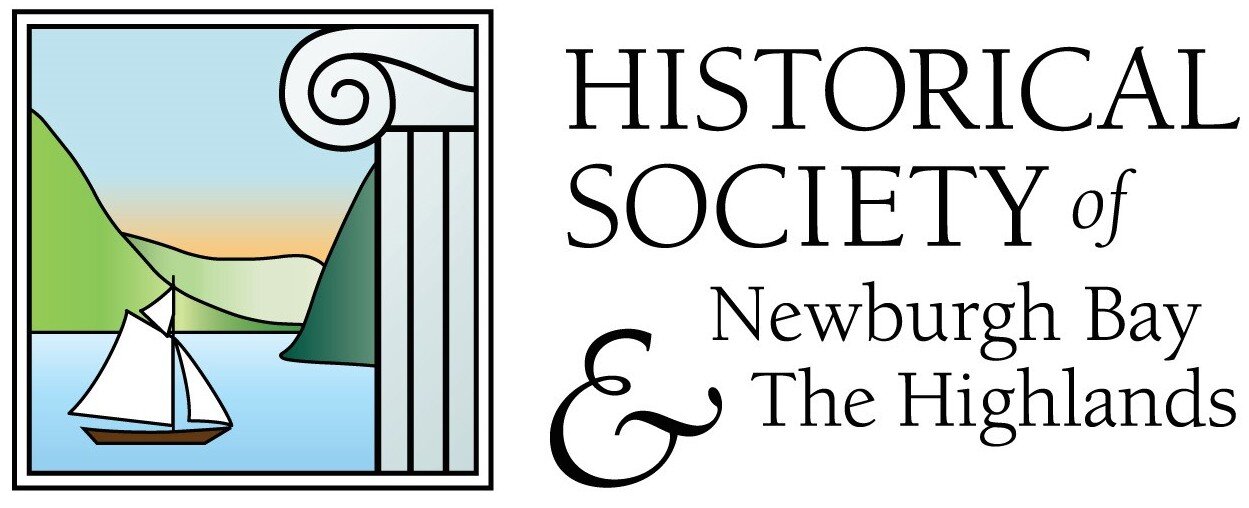Newburgh History
Revolutionary War History
Newburgh was the headquarters of the Continental Army from April 1782 until the latter part of 1783. During that time, George Washington resided in the Hasbrouck House on Kings Highway in Newburgh. It was from here that Washington quelled the Newburgh Conspiracy, a move by some of the Army’s senior officer to overthrow the government. It was also here that General Washington received the famous Newburgh letter from Lewis Nicola, a Colonel in the Continental Army, proposing that the General become king. George Washington vehemently refused the crown, making Newburgh the birth-place of the Republic. In honor of his refusal of the crown, Kings Highway was renamed Liberty Street.
Early History
The City of Newburgh is located on the west shore of the Hudson River on the lands once occupied by the Waoranek peoples, part of the Lenape tribe of the Algonquin nation. In 1609, Henry Hudson, an Englishman sailing under contract to the Dutch government on his ship the Half Moon, was the first European to explore the river as far north as Newburgh. Sailing past present day Newburgh, Hudson’s first mate noted in his journal that this was “a pleasant place to build a town.” It was not for another 100 years, in 1709, that the first European settlement was made by German Lutherans from the Rhenish Palatine. The Palatines named their new settlement Palatine Parish by Quassaick. By 1750, people of English and Scottish descent outnumbered the original German settlers and changed the name to Parish of Newburgh.
19th Century Newburgh
Newburgh was incorporated as a village in 1800 and as a city in 1865. With its situation on the Hudson River, midway between New York City and Albany and its naturally deep port, Newburgh became a prosperous shipping, transportation and industrial hub. Shipyards, foundries and tanneries dotted the shore and her industries included the manufacture of cottons, woolens, silks, paper, felt hats, baking powder, soap, brick, steam boilers, automobiles, coin silver, ice machines, moving picture screens and lawn mowers. The confluence of the natural beauty of the Hudson Highlands and the flourishing 19th century economy also resulted in an extraordinary flowering of art and architecture here that had national impact.
20th Century Newburgh
As the 20th century dawned, Newburgh was thriving with over 100 manufacturing plants. The city was a major center for retail shopping for the entire Hudson Valley.Newburgh was also a recreational hub. Sports included speed skating, ice boating, yachting and rowing clubs, baseball leagues, casinos and dance ballrooms, as well as many picnic groves, amusement parks and river excursion steamers. The city's largest population of 32,000 was recorded in the 1950 census. The N.Y. State Thruway, Interstate 84 and the Newburgh-Beacon Bridge centered Newburgh on northeast U.S. maps and helped develop the surrounding townships into busy suburban hubs.Despite the decline in the inner city's economic fortunes, and a destructive urban renewal program, a few activists worked to preserve the city's unique assets. In the 1970s, volunteers catalogued over 4000 historic buildings in the east end, which was declared a National Historic District in 1973. Today, the diversity of Newburgh’s architecture is matched by the diversity of its population, citizens whose talents keep reinventing the fortunes of the old river port.




